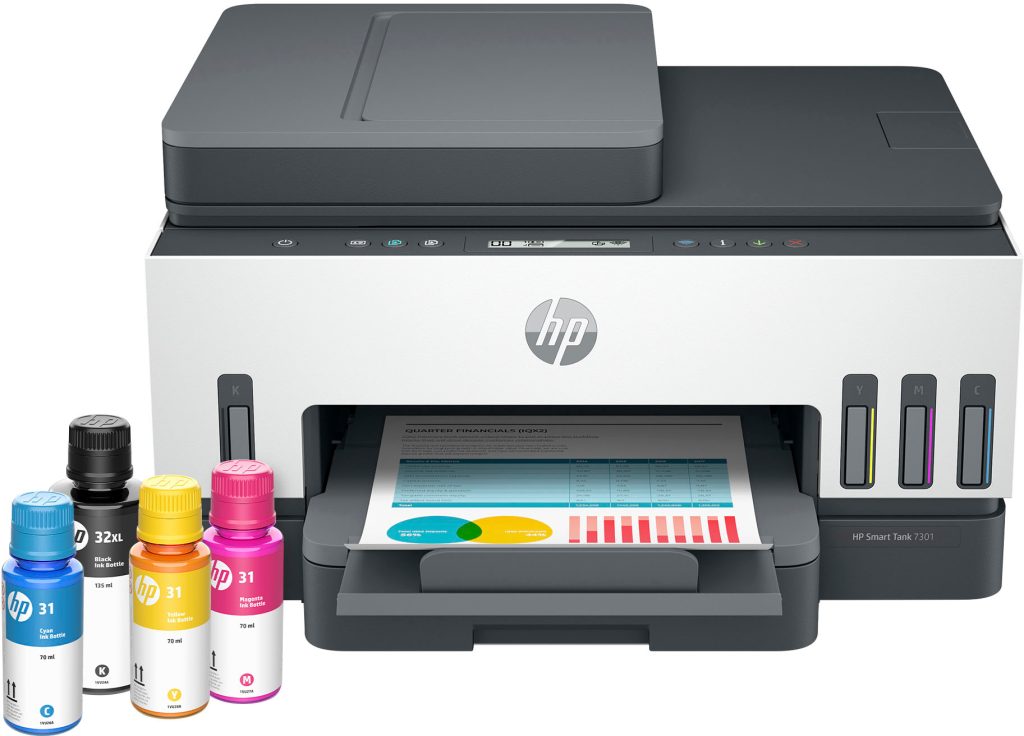Understanding Inkjet Printing: The Technology Behind High-Quality Prints
Introduction:
In today’s digital age, inkjet printing has become a widely used technology for producing high-quality prints. Whether it’s for personal or professional purposes, understanding the fundamentals of inkjet printing is essential to appreciate its capabilities. In this blog post, we will delve into the world of inkjet printing, exploring its principles, components, and applications. By gaining a comprehensive understanding of this technology, you can make informed decisions when seeking printing services and leverage its potential to achieve exceptional print results.
I. The Basics of Inkjet Printing:
1.1 Overview of Inkjet Printing:
Inkjet printing is a non-impact digital printing method that involves the deposition of small droplets of ink onto various surfaces, such as paper, fabric, or even three-dimensional objects. This technology offers versatility, precision, and remarkable color reproduction.
1.2 Principle of Inkjet Printing:
At the heart of inkjet printing lies a straightforward principle: ink droplets are propelled from a print head onto the printing substrate through a controlled process. This precise delivery of ink results in the formation of text, images, or graphics.
II. Components of an Inkjet Printer:
2.1 Print Head:
The print head is the core component of an inkjet printer. It contains a series of nozzles through which the ink droplets are ejected. Print heads can be of two types: thermal or piezoelectric.
2.2 Ink Supply System:
The ink supply system consists of ink cartridges or ink tanks that provide a steady flow of ink to the print head. These cartridges contain color or black ink, which can be replaced or refilled as needed.
2.3 Control Electronics:
Control electronics manage the inkjet printing process, including the coordination of print head movements, ink droplet size and placement, and communication with the connected devices.
2.4 Paper Handling Mechanism:
Inkjet printers often feature a paper handling mechanism that facilitates the smooth feeding of printing substrate. This mechanism may include trays, rollers, or guides to ensure precise paper movement during the printing process.
III. Inkjet Printing Technologies:
3.1 Thermal Inkjet (TIJ):
Thermal inkjet printing employs tiny heating elements within the print head. When an electric current is applied, the ink in the vicinity of these elements rapidly heats up, forming a vapor bubble that forces the ink droplet onto the printing substrate.
3.2 Piezoelectric Inkjet (PIJ):
Piezoelectric inkjet printing utilizes piezoelectric crystals located behind each nozzle. When an electric charge is applied to these crystals, they deform, creating pressure that expels ink droplets from the nozzles onto the printing substrate.
IV. Applications of Inkjet Printing:
4.1 Photography and Fine Art:
Inkjet printing has revolutionized the field of photography and fine art reproduction, offering exceptional color accuracy, detail, and archival quality prints.
4.2 Commercial Printing:
The commercial printing industry extensively utilizes inkjet technology for a range of applications, including brochures, flyers, business cards, and labels. Inkjet printers provide cost-effective solutions for short to medium print runs with fast turnaround times.
4.3 Textile Printing:
Inkjet technology has expanded into the textile industry, enabling high-quality printing on fabrics, garments, and home textiles. This versatility allows for customized designs, intricate patterns, and vibrant colors.
4.4 3D Printing:
Inkjet printing has also found applications in the emerging field of 3D printing. By depositing layers of specialized inks, inkjet-based 3D printers can create complex three-dimensional objects with precision and efficiency.
V. Advantages and Considerations:
5.1 Advantages of Inkjet Printing:
Inkjet printing offers several advantages, including exceptional print quality, versatility across different substrates, precise color reproduction, and the ability to produce prints on-demand.
5.2 Considerations for Inkjet Printing:
When opting for inkjet printing, it is important to consider factors such as the cost of consumables (ink cartridges), print speed, maintenance requirements, and the suitability of the technology for specific printing needs.
Conclusion:
Inkjet printing is a versatile and widely utilized technology that has transformed the way we produce high-quality prints. By understanding the principles and components of inkjet printers, as well as its diverse applications, you can make informed decisions when seeking printing services. Inkjet technology continues to evolve, offering improved print quality, faster speeds, and expanded capabilities.
Whether you require stunning photographic prints, commercial materials, textile designs, or even 3D objects, inkjet printing provides the flexibility and precision necessary to bring your visions to life. Embrace the power of inkjet printing and unlock a world of exceptional print possibilities.


